Our college has embraced the idea of Principled Innovation as being a core value that informs everything we do. (More on this in this post by Cristy Guleserian and in the PI framework document).
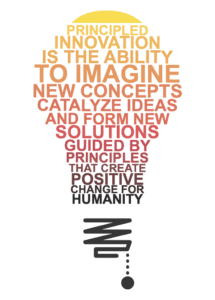
At the heart of the Principled Innovation work we are involved in at the college is the question: We can, but should we? This is of particular importance when we think about the work we do around the five spaces for design in education and designing the futures of learning.

We believe that educational design in each of these spaces needs to be driven by an explicit commitment to a deeper set of values and ethical principles. We believe that educational design infused with the principles of PI become a way of acting and being, and thus a part of our everyday educational practice. How would the three guiding principles be instantiated in a model for educational design? The principles are:
Principle 1: We value individuals and account for the uniqueness of social and educational contexts.
Principle 2: We collaboratively care for and are considerate of the well-being of individuals, communities, and society.
Principle 3: We create positive change by designing creative solutions to pressing educational problems.
As we started this work, we realized that there are many models of design out there in the world, offered by different groups and organizations (see image below). These are usually somewhat generic, sequential models in that they usually define a series of steps to follow irrespective of the design challenge at hand.
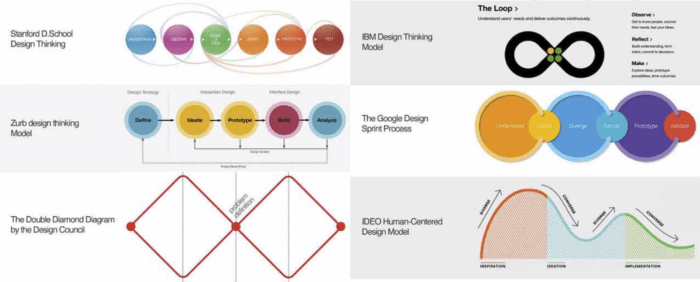
Our model, in contrast, focuses specifically on the role of design in education (infused by principled innovation) and seeks to capture the complexity and richness of the design process. Our model seeks to be versatile and flexible (given the different spaces within which design functions).
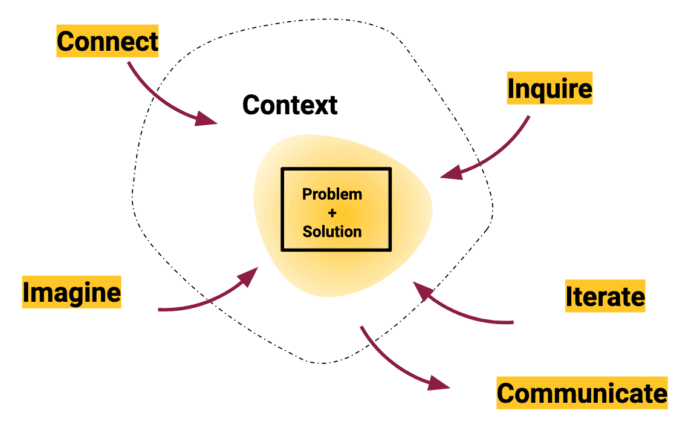
Clearly a static image, such as the one above, does not capture the versatility and flexibility of the model. To address this issue we have created two videos explaining our Principled Innovation infused model for educational design.
Video 1: The big picture
The first video introduces the model and thus offers a relatively abstract view of how PI and educational design work.
Video 2: 3 examples of application
The next video shows the application of the model in three different contexts, pointing to the versatility of the model. These applications are presented in increasing order of scale and complexity and include: a new teacher seeking to teach about fractions; a school seeking to improve parent-school relationships; and finally a teachers’ college seeking to redesign an entire teacher preparation program.
• • •
A Deeper Dive
The sections below explain the connections between the three guiding principles of PI and the design model in greater detail.
We define Principled Innovation as a core value that drives us to imagine new concepts, catalyze ideas, and form new solutions, guided by principles that create positive change for humanity. There are three key principles we follow. Taking each of these principles in turn we map them onto our design model to demonstrate how these integrate together.
Principle 1: We value individuals and account for the uniqueness of social and educational contexts.
It is no surprise, therefore that our design model centers on understanding and respecting the context within which the design work happens. This means emphasizing factors such as history, experiences, language, culture, knowledge and beliefs.
Understanding the context allows us to better grasp the problem space that we will work within and, most importantly, allows us to build a frame around this problem that is sensitive to what we have learned.
Principle 2: We collaboratively care for and are considerate of the well-being of individuals, communities, and society.
Caring for and being considerate of others requires that we think carefully about our actions and how they influence others. We support this stance by emphasizing the importance of reflection throughout the design process. As we design, we reflect on: our own positions, emotions, and identity; What others’ experiences might be like; The intended and unintended consequences of our actions; and on the design process itself.
Principle 3: We create positive change by designing creative solutions to pressing educational problems.
Principle 3 encapsulates the rest of the design model, specifically focusing on some actions that designers have found effective when tackling complex problems. These include to: connect, inquire, imagine, iterate, and communicate.
Connecting is human-centered, focusing our work on people, not things. It is based on empathy, leads to the building of relationships and through that effective collaboration.
Inquiry is about learning more about the context and problem space. This may mean some combination of empirical research and learning about what others have done in similar situations. This part can be data-driven by collecting data through interviews and observations or data collected by others in similar contexts. Most importantly, inquiry focuses on better understanding the system in which the context is embedded.
Imagining is about thinking broadly, generatively and empathetically while searching for solutions that are unique to the context. It is also about imagining the consequences both intended and unintended–of our possible actions.
Iteration is when imagining touches reality. It is about doing and doing again, usually through devising and implementing relatively simple prototypes, evaluating the results, and then refining the design. Iteration is essential to both learning through action and mitigating unintended consequences.
Communication needs to be directed both internally and externally. Effective internal communication supports creative, purpose-driven action while being considerate of others. External communication helps us expand our impact as well as make us aware of possible blind spots.
Finally, it is important to reiterate the complexity of the process – and that it rarely follows the same sequence as described either in the videos or above.
• • •
Credits
This work has been years in the making—building out of the work done by the design initiatives team; and in parallel with the co-creation of the PI framework. More specifically the development of the model was led by Melissa Warr, who worked with Jennifer Stein and myself to conceptualize and prototype. Claire Gilbert, our in-house multimedia specialist, then created the final versions of the videos. Finally, some of the prose in this post builds on a document created by Melissa Warr.

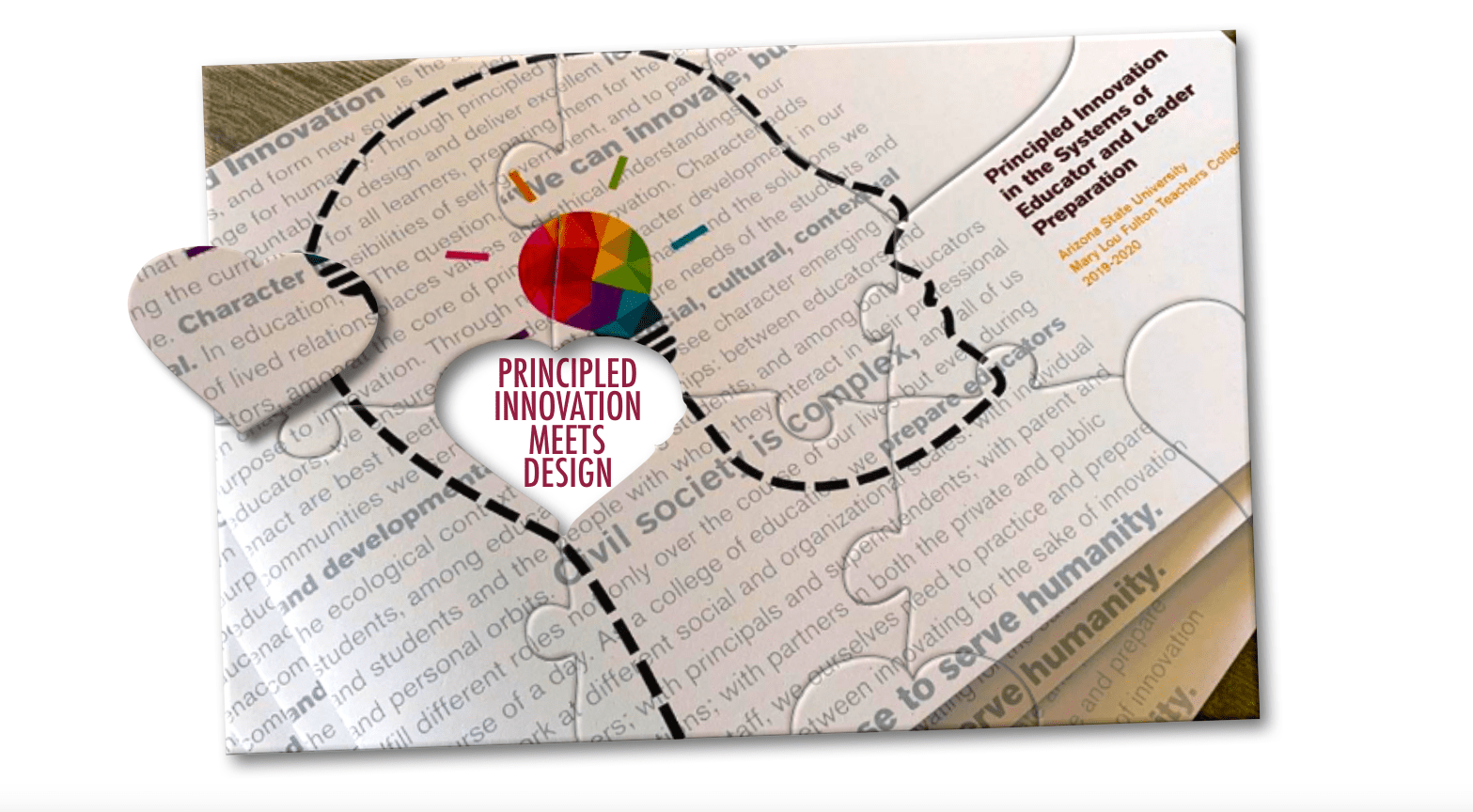

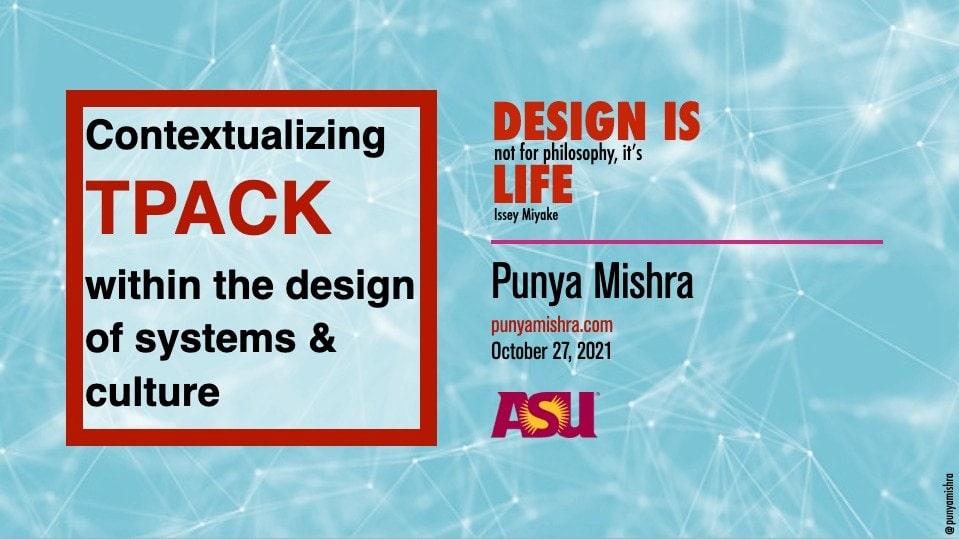
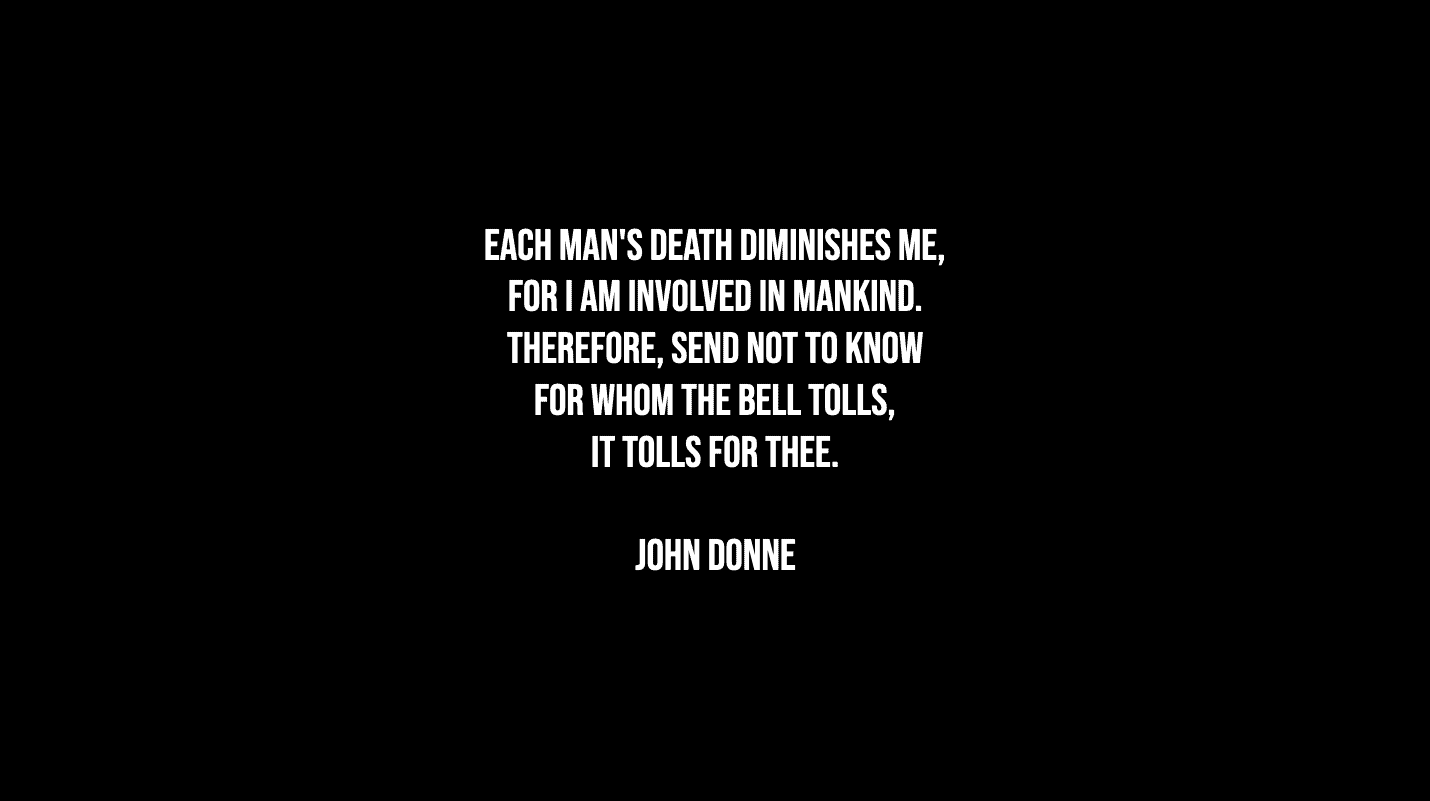
0 Comments